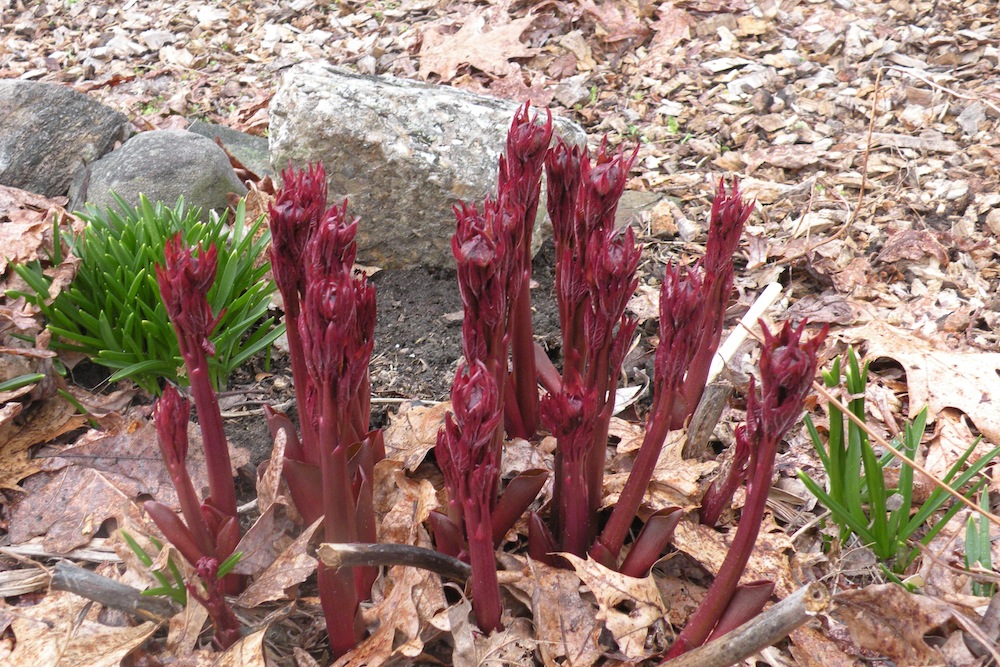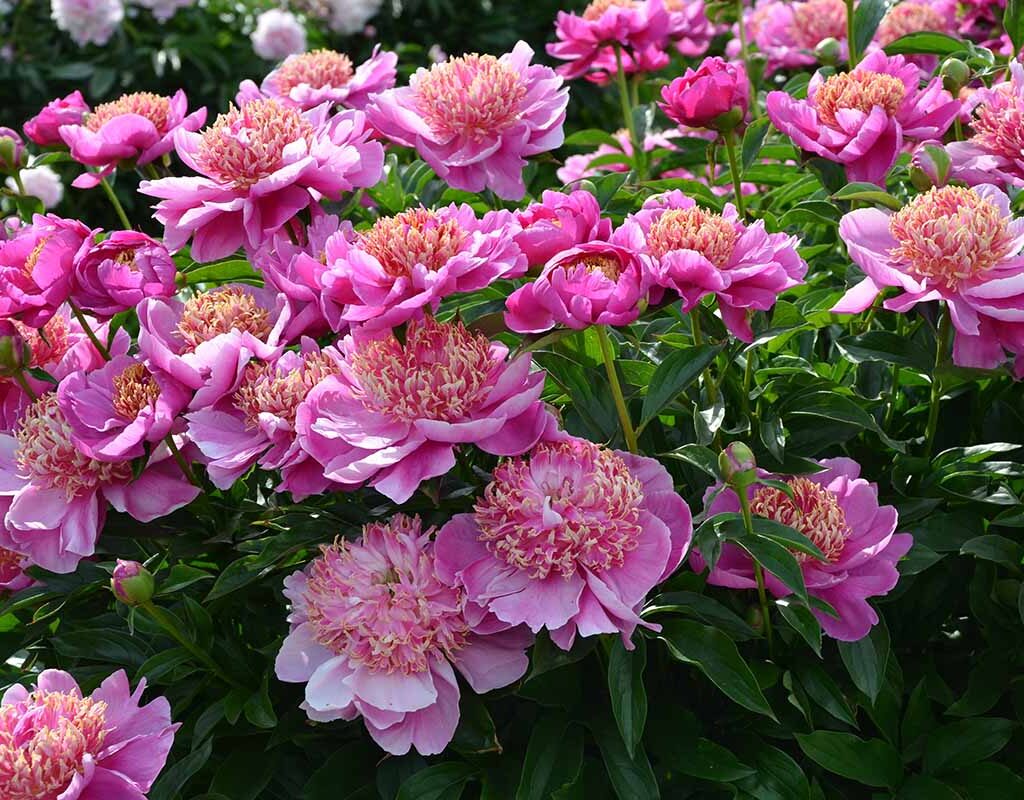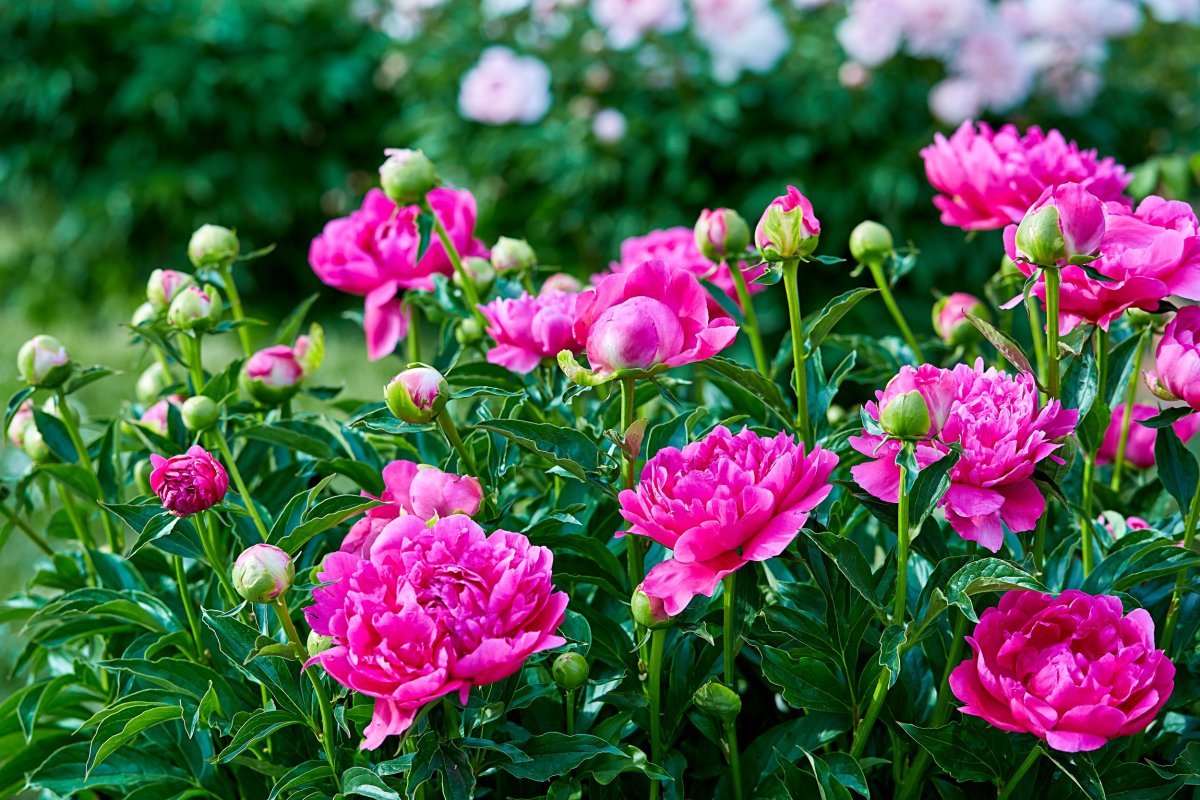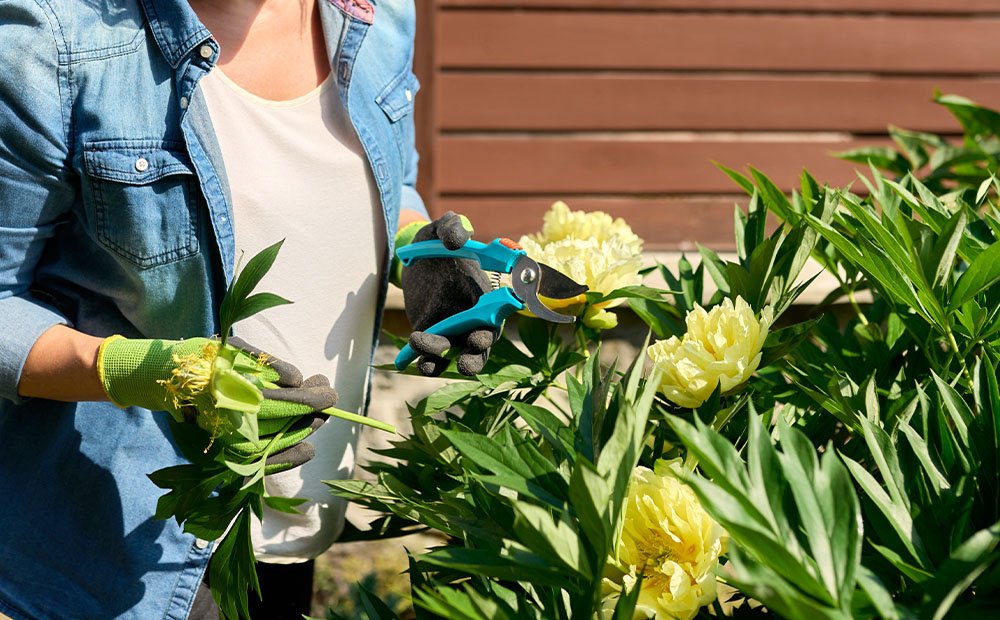Peonies have long been cherished for their lush, romantic blooms, heavenly fragrance, and old-fashioned garden charm. With their full, ruffled flowers in shades of pink, white, red, and even yellow, these perennial plants are a favorite for gardeners seeking both beauty and resilience.
If you’ve ever admired a bouquet of peonies or dreamed of growing these stunning blooms in your own backyard, you’re in luck — peonies are surprisingly easy to grow with the right care and patience. In this guide, we’ll walk you through everything you need to know about starting peonies in your garden.

Why Grow Peonies?
Peonies aren’t just a pretty face. Here’s why these perennials are worth adding to your landscape:
- Long Lifespan: Peonies can live for 50 years or more with proper care.
- Abundant Blooms: Expect large, show-stopping flowers every spring to early summer.
- Fragrance: Many peony varieties boast a delightful, sweet scent.
- Low Maintenance: Once established, peonies require little attention.
- Excellent Cut Flowers: Perfect for bouquets and home décor.
In addition to their beauty, peonies symbolize romance, honor, and prosperity in many cultures, making them a beloved plant in gardens around the world.
Types of Peonies You Can Grow
Before you plant, it helps to know which type of peony best suits your garden:
| Type | Description | Best For |
|---|---|---|
| Herbaceous Peonies | Die back in winter and regrow each spring | Traditional flower beds |
| Tree Peonies | Woody stems that remain year-round, larger flowers | Shadier spots, specimen planting |
| Itoh (Intersectional) Peonies | Hybrid of herbaceous and tree peonies, long bloom season | Sunny borders, containers |
Tip:
If you’re new to peonies, herbaceous peonies are a great place to start. They’re hardy, widely available, and very forgiving.

Best Time to Plant Peonies
Peonies are typically planted from bare roots or potted plants in either:
- Fall (September–November): The ideal time, allowing roots to settle before winter.
- Early Spring (before growth begins): If planting potted peonies.
Planting in fall gives your peonies a head start and typically results in quicker blooming in the following seasons.
Choosing the Perfect Spot
Peonies thrive in sunny, open spots with good airflow. Here’s what they need:
- Full Sun: At least 6 hours of direct sunlight per day.
- Well-Drained Soil: Peonies dislike soggy soil.
- Space: Avoid planting too close to trees, shrubs, or walls.
Ideal Soil pH:
6.5 to 7.0 — slightly acidic to neutral.
Pro Tip:
Once planted, peonies don’t like to be disturbed. Choose a permanent home where they can remain for decades.

Preparing the Soil
Healthy soil equals happy peonies. To prepare:
- Loosen the soil to a depth of 12–18 inches.
- Mix in plenty of organic matter such as compost or aged manure.
- If soil is heavy clay, add sand or fine grit to improve drainage.
- Avoid high-nitrogen fertilizers, which promote foliage over flowers.
How to Plant Peonies
Planting Bare Root Peonies
- Dig a hole about 12 inches deep and wide.
- Form a small mound at the bottom.
- Place the peony root so the eyes (buds) are 1–2 inches below soil level.
- Backfill gently, firming the soil.
- Water thoroughly after planting.
Note:
Planting too deep may result in poor flowering.
Planting Potted Peonies
- Dig a hole twice as wide as the pot.
- Remove the plant carefully from its container.
- Place it in the hole so it sits at the same depth as it did in the pot.
- Backfill, firm the soil, and water well.

Watering and Fertilizing Peonies
Peonies need consistent moisture but dislike being waterlogged.
- Water deeply once a week during dry spells.
- Avoid overhead watering to prevent fungal diseases.
Fertilizing:
Feed peonies in early spring with a balanced, low-nitrogen fertilizer (like 5-10-10) or compost. Avoid heavy feeding, which leads to leafy growth with fewer flowers.
Pro Tip:
Stop fertilizing after mid-summer to allow plants to harden off for winter.
Supporting Peonies
Large, heavy blooms can cause peony stems to droop. To prevent this:
- Install peony rings or stakes in early spring before buds develop.
- Gently tie stems to supports as needed.
Pruning and Deadheading
Deadheading
Remove spent flowers to encourage a tidy appearance and prevent seed development.
Fall Cleanup
- Once foliage yellows in fall, cut it down to ground level.
- Dispose of the debris to prevent fungal issues like botrytis blight.

Common Peony Problems and Solutions
Though hardy, peonies can experience a few issues:
| Problem | Cause | Solution |
|---|---|---|
| Botrytis Blight | Fungal disease in wet, crowded conditions | Space plants properly, remove affected parts |
| Powdery Mildew | Humidity and poor air circulation | Improve airflow, avoid overhead watering |
| Weak Blooms | Too much shade or deep planting | Replant at correct depth, relocate to a sunnier spot |
Peonies are generally pest-resistant and hardy once established.
Peony Bloom Times and Care Tips
Peonies typically bloom from late spring to early summer depending on the variety and region. You can extend the peony season by planting early, mid, and late-blooming varieties.
Extra Tips:
- Don’t expect many blooms in the first year — peonies take 2-3 years to reach maturity.
- Mulch lightly in winter in colder climates, removing it in early spring.

Dividing and Propagating Peonies
After 5–10 years, you may wish to divide your peonies to manage overcrowding or share plants.
- Divide in fall after foliage dies back.
- Dig up the plant carefully.
- Cut the root clump into sections with 3–5 eyes each.
- Replant as you would new peonies.
Note:
Avoid frequent dividing — peonies prefer to stay undisturbed.
Final Thoughts
Growing peonies is one of the most rewarding experiences for any gardener. With their breathtaking flowers, delightful fragrance, and low-maintenance nature, peonies are a classic addition that offers beauty for generations.
Whether you’re planting them along borders, creating a lush peony patch, or adding a single specimen plant to your garden, these perennials will reward you with vibrant, show-stopping blooms for years to come.
So why wait? Find a sunny spot, plant those peony roots, and start building your own timeless garden tradition today.





